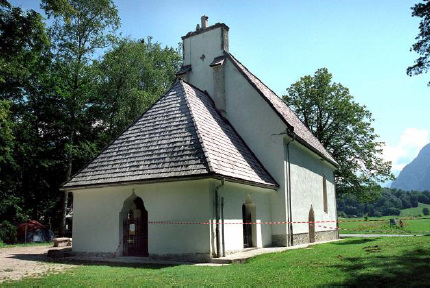1 M.Sc., Research Engineer, Slovenian National Building and Civil Engineering Institute, Department for Structures, Ljubljana, Slovenia, marjana.lutman@zag.si
ABSTRACT
Stone masonry houses represent a very important part of the architectural heritage of the mostly rural River Soča Valley region of northwestern Slovenia, which was hit in recent decades by two serious earthquakes, in 1998 and 2004. Although it was clear that the structural resistance of houses that had been repaired and strengthened after the first earthquake had been improved, some anomalies were observed after the second earthquake. The investigation, which was based on site inspections, tests and analyses, resulted in some additional conclusions. For this reason the on-going process of the design and execution of repair and strengthening works was prepared even more carefully, taking into account all the experience obtained in the first earthquake. Some additional lessons for designers were learnt, the workforce was additionally trained, and extra supervision for post-earthquake structural rehabilitation was implemented. Taking into account modifications in the structural concept of strengthening, as well as changes in the level of the design seismic load and in the design mechanical characteristics of the stone masonry, which were observed after 1998, relatively detailed instructions were prepared for designers. The use of Eurocode 8 with its design seismic load parameters has been prescribed, as well as the use of characteristic values of the compressive and tensile strength of the locally used stone masonry, determined from previous in-situ tests. Selected design reports have been subjected to supervision, and any deficiencies corrected. By means of additional on site supervision, the best possible results should be attained.
KEYWORDS: stone masonry, heritage, repair, strengthening, supervision
423.pdf



